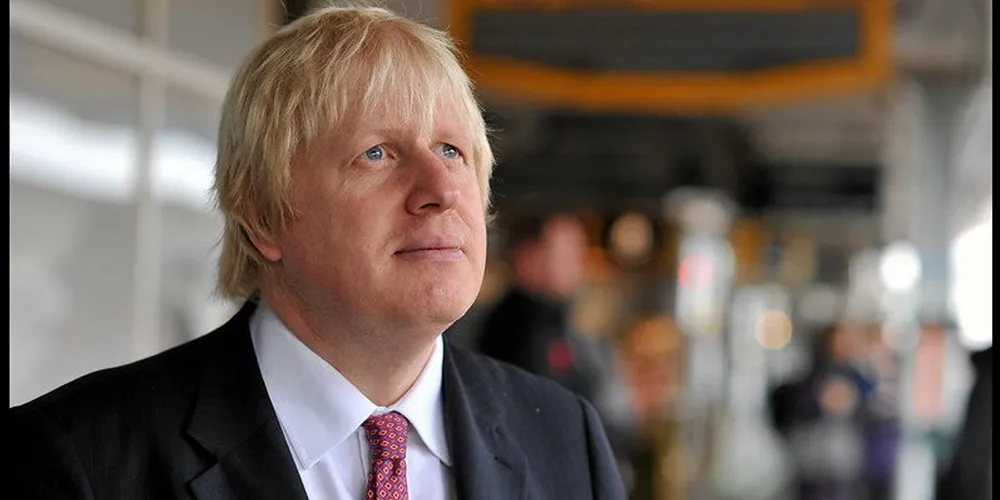UK grid could have 150GW offshore wind 'backbone' – with radical market reforms: study
Study from government-industry body Energy Systems Catapult finds vast sea wind-powered grid 'achievable' for Britain but poses a 'multi-faceted challenge' needing the 'right reforms'

Britain could wire in as much as 150GW of offshore wind power – fifteen times the current fleet-size – as the “backbone” of its future energy system, but this would only be possible if electricity markets undergo a radical rethink, a new study from a key government-industry body has concluded.
The report from the Energy Systems Catapult (ESC), commissioned through a task force set up by the sector-led Offshore Wind Industry Council, found that 50-70GW of sea-based wind plant was foreseen being in operation by mid-century, thought “credible systems” of up 150GW could be modelled.
<b>Focus your mind: get the insight you need with the Recharge Agenda</b>
The global energy transition is gathering momentum – and the accompanying news-stream becoming an information deluge. Separate the green giants from the greenwash and the hard facts from the click-bait headlines with Recharge Agenda, our curation of the market-making events of the week, distilled down into one quick-read newsletter. Sign up here for free
Integrating this vast production of clean power into the grid, said the authors, would be highly challenging, even with reforms to electricity markets that would “ensure a more flexible demand side is established to match higher penetrations of wind”, and would hinge on hydrogen and clean thermal and nuclear power all playing leading roles in the transition to a net-zero energy system.
“Achieving net zero UK carbon emissions by mid-century will likely involve integrating very high levels of renewables into the wider energy system – particularly offshore wind generation,” said ESC director of strategy and performance Guy Newey.
“This integration presents a considerable and multi-faceted challenge, but our analysis shows it is achievable, if the right reforms, both technical and market are put in place.
“Policymakers need to think carefully about how to unlock a diverse generation mix. Significant back-up plant, in the form of clean thermal generation, is required at high levels of offshore wind penetration to cover rate, protracted winter periods of low wind,” he said.
Newey highlighted that building-in this high level of offshore wind production would not only “consolidate [the UK’s] world leading position in the [market], but also provide a platform “to accelerate deployment and integration of complementary technologies, such as hydrogen and other storage and flexibility solutions, which are essential”.
“Extensive storage and flexibility is also required, with electric, thermo-mechanical, thermal and gaseous storage all being deployed alongside interconnectors. Demand side management is important from domestic and district level thermal storage, as well as hydrogen production and storage.”
Danielle Lane, co-chair of OWIC and UK country manager for developer Vattenfall, said: “This report strengthens the case for maximising the deployment of offshore wind in the decades ahead to reach net zero emissions as swiftly as possible.
“This technology is set to become the backbone of our future energy system, not only generating vast quantities of clean electricity but also playing a leading role in the production of renewable hydrogen which will build greater flexibility into the system.
For this reason, “a well-coordinated evolution of policy and regulatory frameworks is therefore essential, in parallel with market design reforms… that can unlock greater flexibility in supply and particularly demand which could be provided by complementary assets and business models.
The ESC recommends that both near-term contracts for difference auctions “and longer-term market vision” should be designed “to encourage decarbonisation, flexibility, system integration and a reduction of market distortion effects”.
Future grid reliability, said the report authors, will depend on procurement of “greater volumes and different types of system services together with new control paradigms, traditional non-generating assets, storage, interconnection and smart grid solutions”.
There would also need to be a focus on “further innovation across and beyond the energy sector” spanning technological, organisational, and market, policy and regulatory areas.